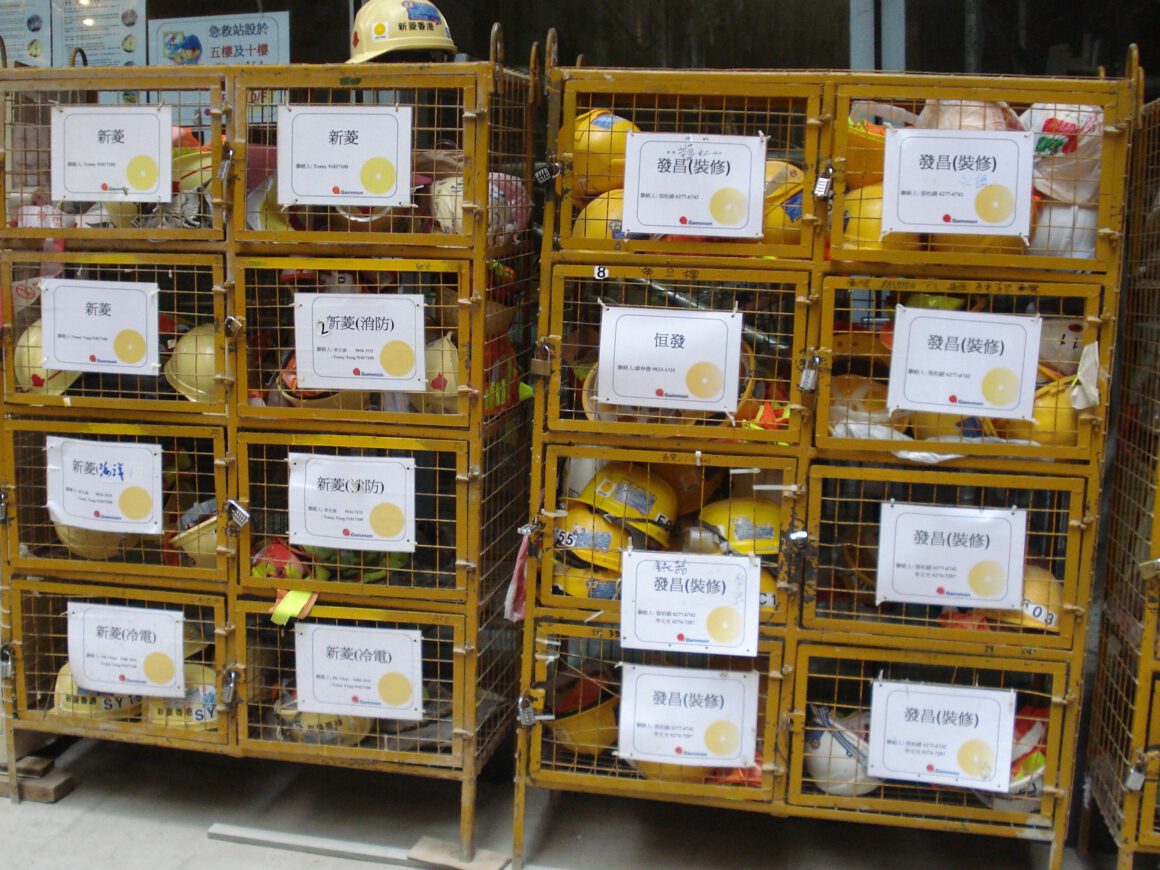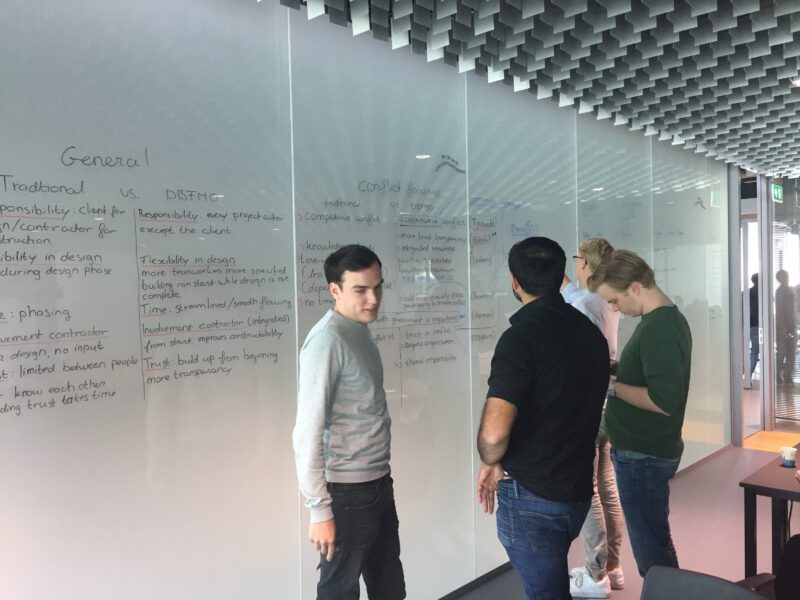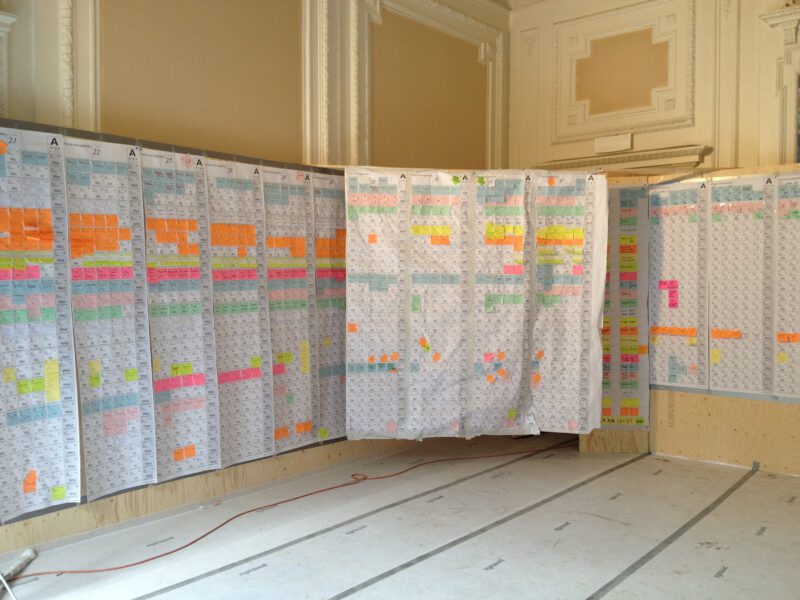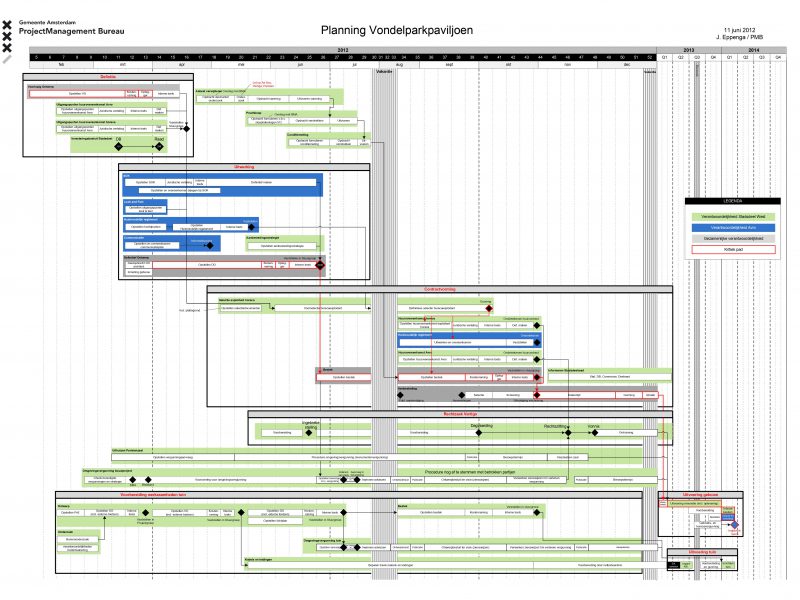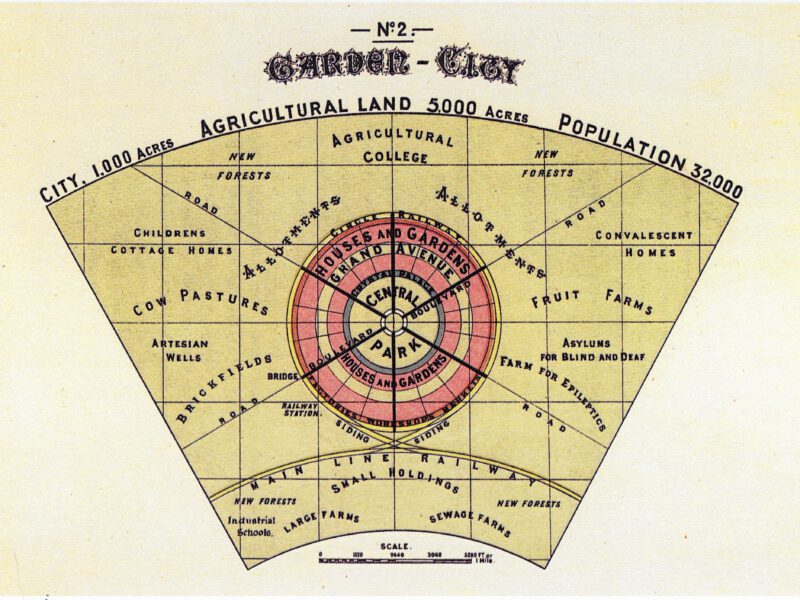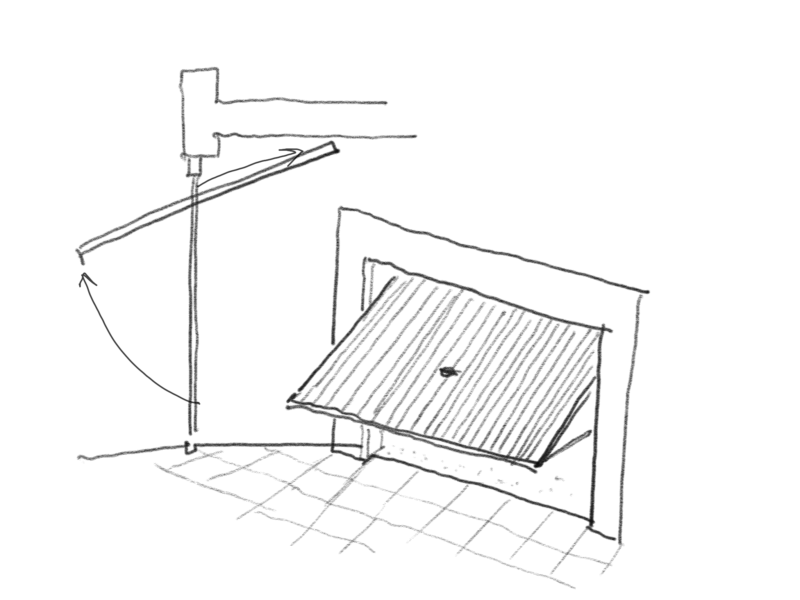Control is an essential mechanism in construction project management. The word sounds simple. However, is it? Let us analyze its meaning and relate it to the position of a manager and a client in construction projects.
The dictionary explains CONTROL in different ways: as a noun and as a verb. As a noun. “The power to influence or direct people’s behavior or the course of events”. The dictionary gives the following related synonyms: jurisdiction, power, authority, command, dominance, domination, government, mastery, leadership, and rule. It seems that control is about power, domination, or authority. Next to this, there seems to be a framework under which power can be exercised: jurisdiction, government, and leadership.
The second meaning is more scientific but relevant: “a person or thing used as a standard of comparison for checking the results of a survey or experiment”. Related synonyms are benchmark, standard, and check. This is about how output relates to input or requirement, or not. Is the result according to specifications or the brief?
As a verb, the dictionary gives “determine the behavior or supervise the running of”. It is the act of control. Checking the design by comparing it with the brief. Controlling the building according to the building specifications.
How does CONTROL play out for the manager?
Briefly stated the meaning of control is about power and a framework. As a manager, you have – in a certain way – the power over the members of your project team. However, this power is only there because of agreements between you and the client and the client and the agents you work with. There is no reason – in projects – to control someone who does not have an assignment or a contract. A painter or carpenter is not coming to a building site if they do not have a contract including an agreement that payments will compensate executed work. It is also thru that you will not give access to someone to the building site who has no assignment. If there is no contract, there is no reason to control.
There is more.
Clients describe in contracts with agents their tasks and obligations (in the formal requirements chapter of the building specifications, the legal part). The construction contract also sets the stage under which people work together, and what they need to do or deliver output. Sometimes in great detail. For instance, in the building specifications, the work is always written in great detail. Performance specifications for D&B contracts are often large documents of hundreds of pages. The painter needs to know exactly what he needs to paint and what not: only the windows and wooden panels but not the walls. Other requirements in the contract could be about the way to collaborate, who is in charge of giving instructions, who is the one responsible for audits and quality control, the moment the work needs to be carried out and delivered, and when approvals and payments will take place.
Quality levels need to be described; intermediate quality inspections and final control are part of the deal. These obligations are important for the client to be able to check if the agent acts and delivers according to the agreement and the contract.
This brings me to the second meaning. Check. This is strongly related to a building project. Normally we check outcomes or intermediate results to the standards defined in the contract. An example. In the contract it is stated, what kind of paint the painter needs to buy and the colors he needs to paint. The painter needs to follow all the instructions of the manufacturer to get the best result and highest quality. The painter needs to hand over proof to the client that he bought and uses the – contractual – described materials (not cheap paint with lower quality). In the end, the client or his manager is now able to check if the materials used are correct, the application is correct and the output is according to the contractual agreements set upfront. It is a lot of work but everything on the building site is checked. At least in a traditional contract.
In essence, control is about comparing the output to the standards set at the beginning or in the contract. If it deviates, the contractor needs to take action. If it is all correct, the client needs to pay.
In management, we have several tools or systems that represent the process of control. For instance, the simple PLAN-DO-CHECK-ACT cycle or the generic information loop in Winch. Normally we make a design (PLAN) we build (DO) and we compare the results against the design (Check). If the result is not according to plan, action is needed. Maybe the painter needs to redo the work, maybe you need to change the approach, and maybe the plan was not that good after all. Maybe you need to consult your client for a change of plan.
